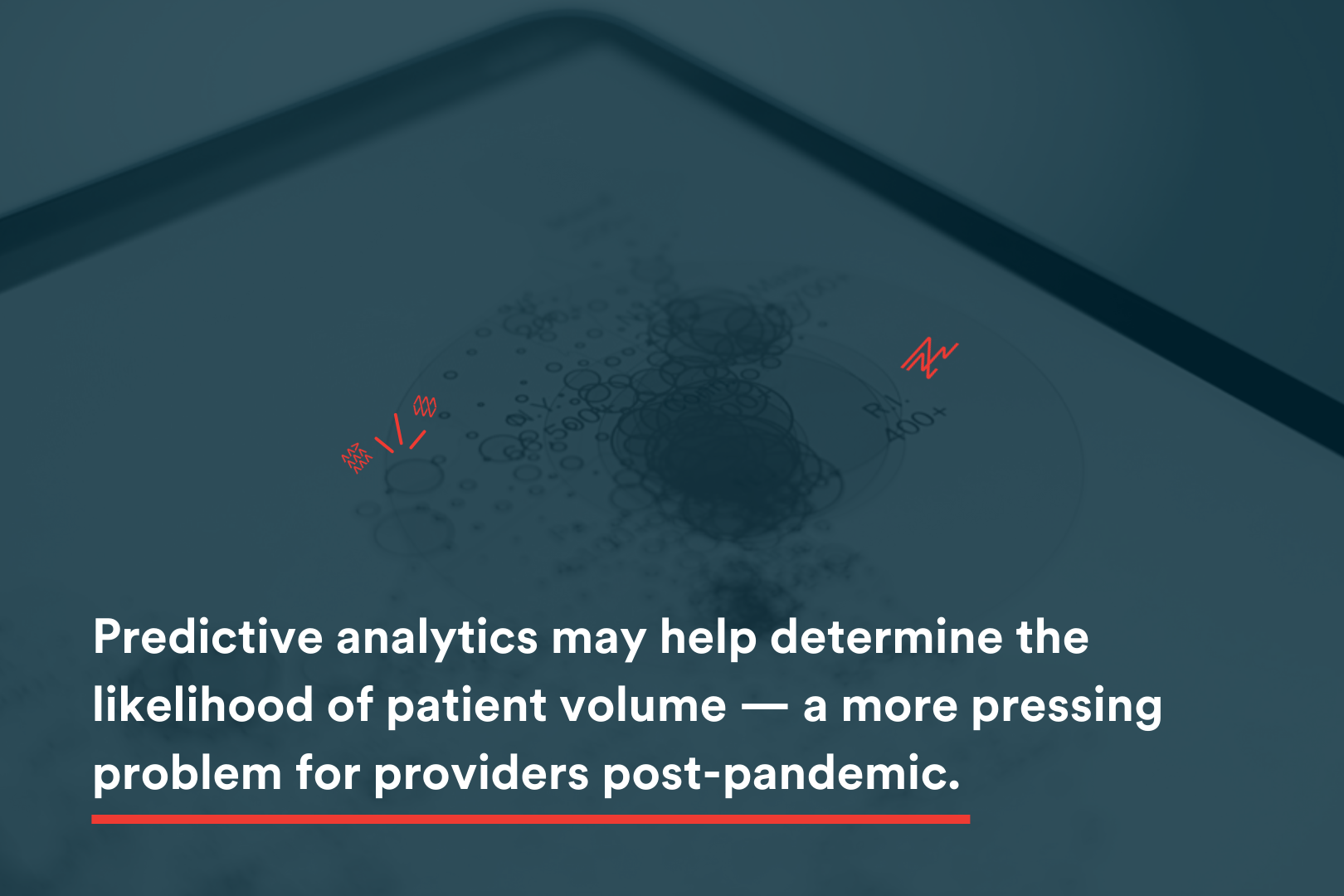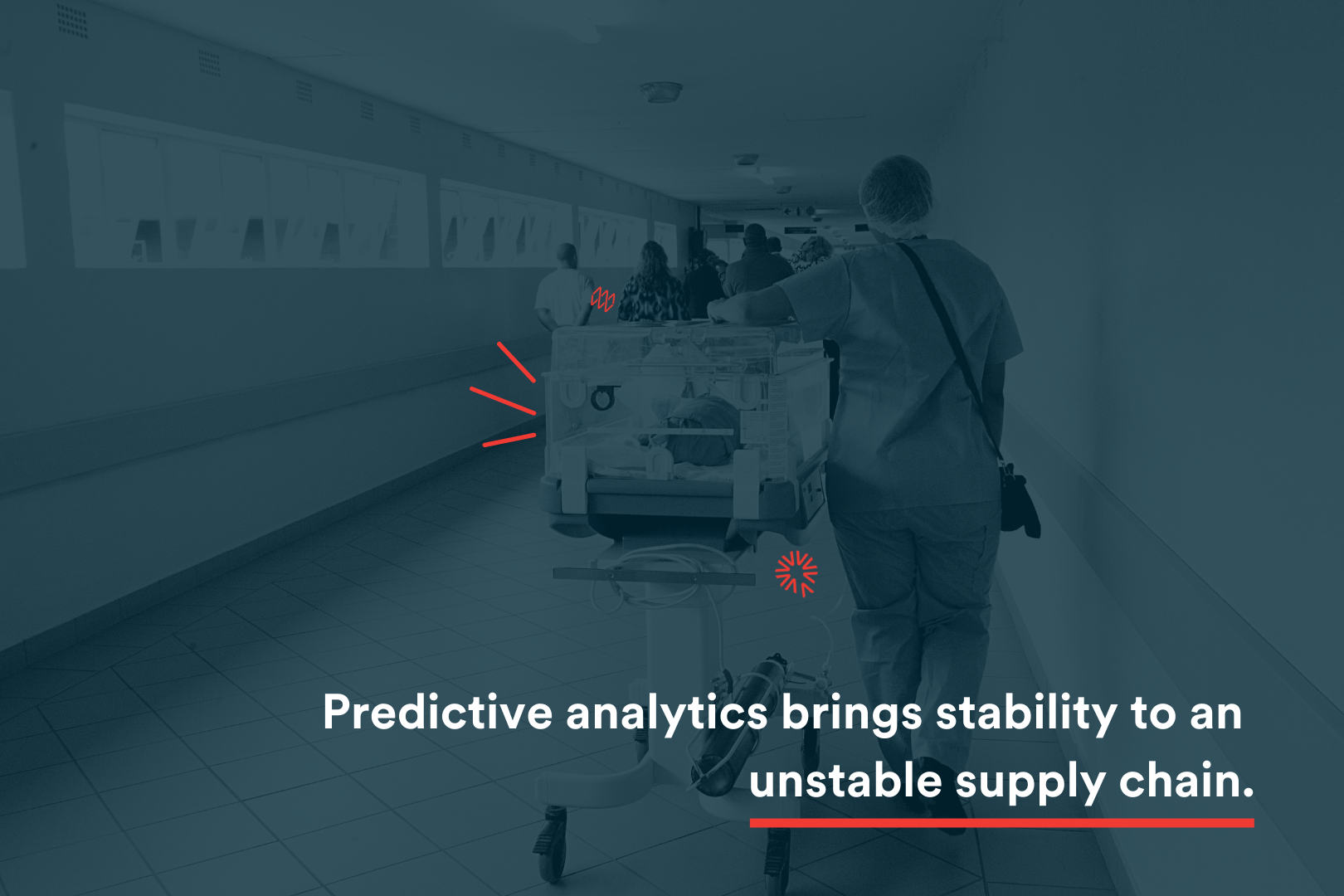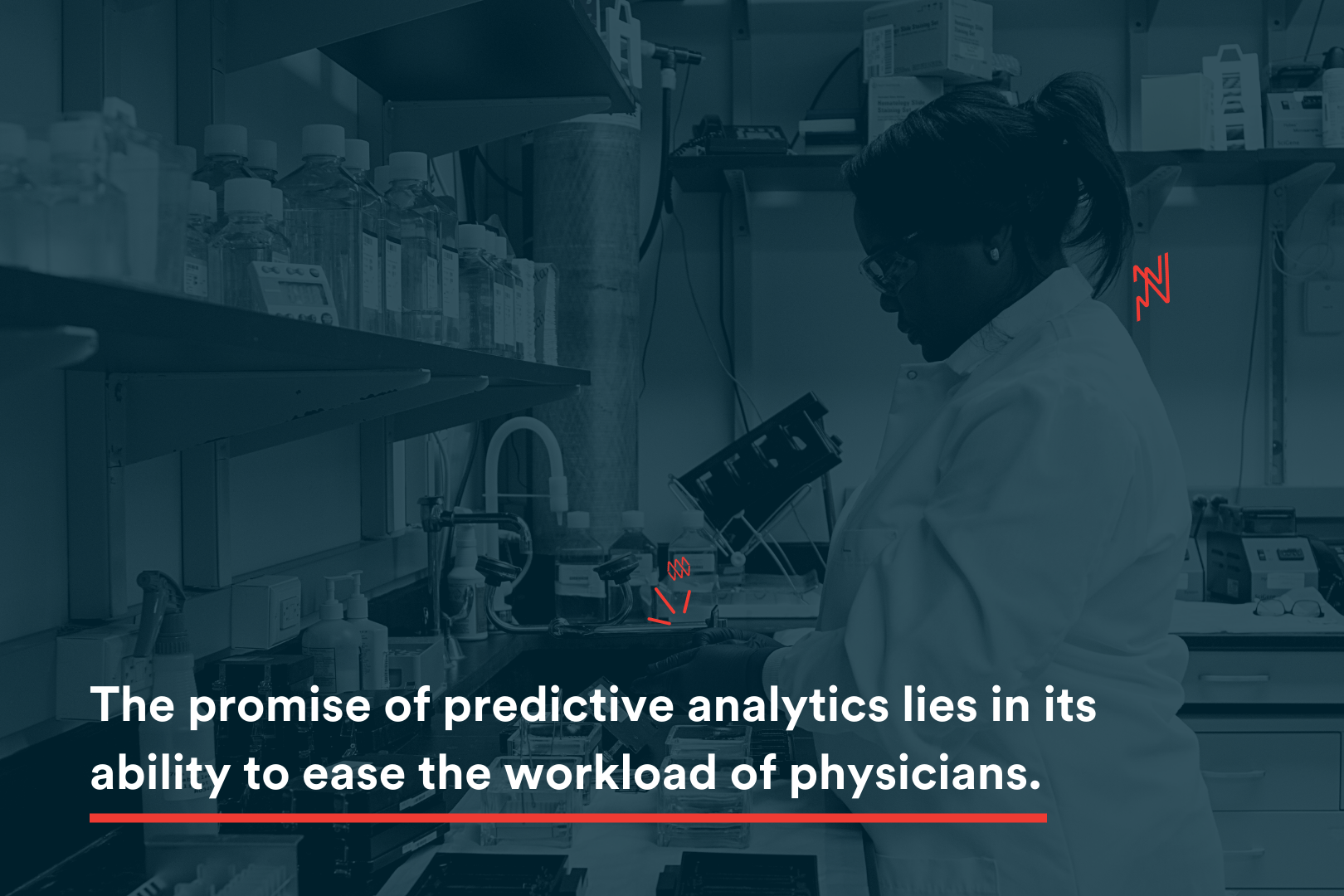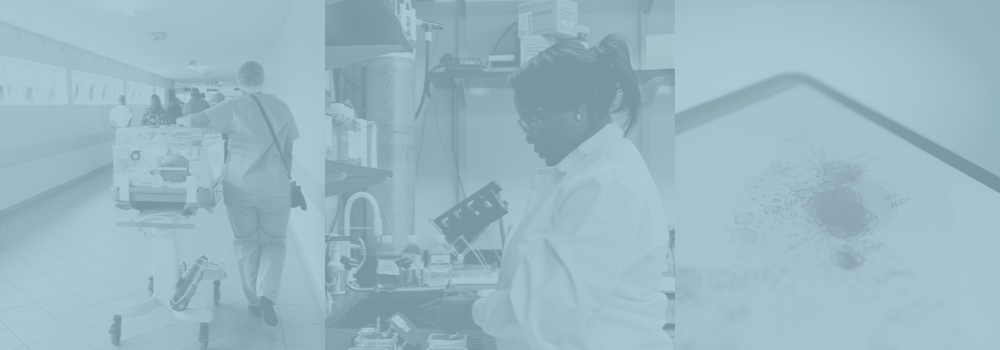Health Tech | big data | predictive analytics
More than any other field, healthcare is perhaps the area where predictive analytics is poised to make a massive difference in operations.
Healthcare as a whole has been historically resistant to the kinds of changes promised by advanced technologies like predictive analytics. Think about the implementation of Electronic Health Records (EHRs) as a great example of this. The technology needed to power EHRs has existed for decades, but it’s only relatively recently that these technologies have reached critical mass.
Even at that, a surprising number of clinics and critical access hospitals continue to rely on physical records in some capacity, even if they have at least a basic EHR. And despite basically all major hospital systems investing in some form of EHR, those ecosystems don’t always place nice with each other; interoperability continues to be a struggle despite its continued emphasis among health IT pros.
All this to say, the road to suitably advanced software and IT applications within healthcare has been long. But now we’re at the cusp of a veritable revolution, where machine learning and predictive analytics have the potential to transform how the entire system operates, leading to improved efficiency, additional provider revenue, and ultimately, better patient outcomes.
Here are the ways in which predictive analytics for healthcare will dramatically change the entire field in the coming years.
Volume Strategy
One area where predictive analytics can come into play is in determining the likelihood of patient volume at any given time, then adapting resource use to reflect those fluctuations in demand.
This has traditionally not been something hospital systems needed to worry about. You staff up hospitals with the necessary bed space and resource utilization and wait for patients come to you.
The COVID-19 pandemic exposed the flaw in this line of thinking more than any other time in history. Providers strained under the weight of a sharp increase in hospitalizations driven by COVID, with entirely new units brought online, bed space redirected to critical care needs, and relatively stable patients turned away so staff could focus on those in dire need of clinical assistance.

Predictive analytics provides the answers for normalizing resource dispersal to account for these sorts of fluctuations in patient volume. At its most basic definition, predictive analytics is an algorithm that can look at data that’s been fed into the system and make predictions based on that historic data.
So for volume purposes, it’s possible to look at the entirety of a health system’s patient intake to determine which facilities are taking on the most patients, when those patients are admitted, and where resource use is misplaced.
You can then take this information and use it to alter labor schedules, identify areas where there’s a need for more staff or perhaps an entirely new department or hospital, and shift resources accordingly. This will make the system more efficient than ever, ensuring you never have, for instance, too few of any given medical device or too many staff members at any place at any given time.
Supply Chain Management
This ties intrinsically to supply chain management within healthcare.
The ability to direct medical products and even designate physical spaces for various purposes can lead to massive swings in revenue for a health system. If you don’t have the necessary supplies or beds to account for all patients who seek out care, then you have to turn away patients and miss out on that revenue stream. But if you go the opposite direction and have too much of any given product or designated space, then that money is going to waste because you’re oversupplied.
Predictive analytics brings stability to an unstable supply chain. The right application can take into account how much of a given product is being used, thereby signaling the appropriate time to order, for instance, N95 masks or latex gloves and at what quantities. It can account for hospitalization increases due to seasonal flu, as an example, and signal how many beds need to be set aside for those potential patients.

The COVID-19 pandemic is what could be considered an outlier in the historic data fed into a predictive analytics program. But this is useful in itself, as it provides supply chain managers with a ceiling of what they need to account for in an emergency situation. The pandemic tested health systems and their resources like never before, thereby highlighting precisely what a high-stress scenario looks like and the level of planning required to avert disaster due to understaffing and inaccessible resources.
Predictive analytics can thereby be used to process what happened during this historic level of strain and make suggestions as to what resource utilization must be planned for future disaster scenarios. It can help directors figure out precisely how many ventilators need to be set aside, what a mass triage plan looks like, and the supplies necessary to ensure consistency in the provision of care is maintained.
Clinical Considerations
Let’s talk about the 800-pound gorilla in the room: predictive analytics for clinical processes.
Physicians have largely and rightfully been resistant to any suggestion that an algorithm can take the place of their diagnostic skills. There’s no application on the planet that can replace a physician with years of training and experience.
Where the promise of predictive analytics lies is in its ability to ease the workload of physicians. We’re seeing this already with clinical decision support (CDS). Mandated already in certain settings by the Centers for Medicare and Medicaid Services (CMS), CDS is a type of machine learning or predictive analytics wherein thousands and even millions of points of data are fed into an algorithm in order to direct physicians’ attention to areas of interest. A good example would be an algorithm that “reads” X-ray photos to gain an understanding of what within those photos requires clinical attention and what does not.
As its name suggests, CDS is something that supports clinical decisions; it doesn’t make clinical decisions. It’s still up to the physician to actually examine the information brought to light by the algorithm and make a clinical determination.

Predictive analytics can look at the outcomes of previous patients to determine the likelihood of, for instance, a medication or a surgery working as intended. The physician gets to take in that recommendation to provide their professional opinion.
In this way, no jobs are being taken from humans; instead, predictive analytics eases the workload of physicians at a time when the entire healthcare field is under strain.
Predictive analytics can also be used to examine entire patient populations to determine who actually needs intervention in the first place. Imagine a tool that can analyze various metrics to determine, for instance, which patients are most likely to avoid following their post-operative plan of care, or which are most likely to be readmitted. You can then use this data as a basis for assigning case workers, directing resources to where they’re needed most to keep patients healthy, and avoiding some of the financial penalties that could result from not meeting the thresholds of value-based care.
Interoperability
Finally, a note about interoperability: the best predictive analytics in the world don’t amount to much if you can’t pull the necessary data across a variety of systems. To create the best scenario for optimization and revenue recovery, the EHR of one health system must be able to play nice with the EHR of another, and even within a single system, the disparate applications in use by each department must be able to swap data.
This is easier said than done, but it’s becoming more within the realm of possibility each year as IT experts focus more keenly on meeting FHIR standards and adopting plug-and-play functionality.
Interoperability is the last big obstacle standing in the way of predictive analytics for healthcare, but the barrier is becoming a little shorter every day.
If you have an idea for how predictive analytics can help your healthcare organization, or how it can be used as the basis for a viable product, then contact Aviture. With experience in both predictive analytics and interoperability within a wide variety of healthcare applications, we can help you achieve the Art of the Possible and transform healthcare.




